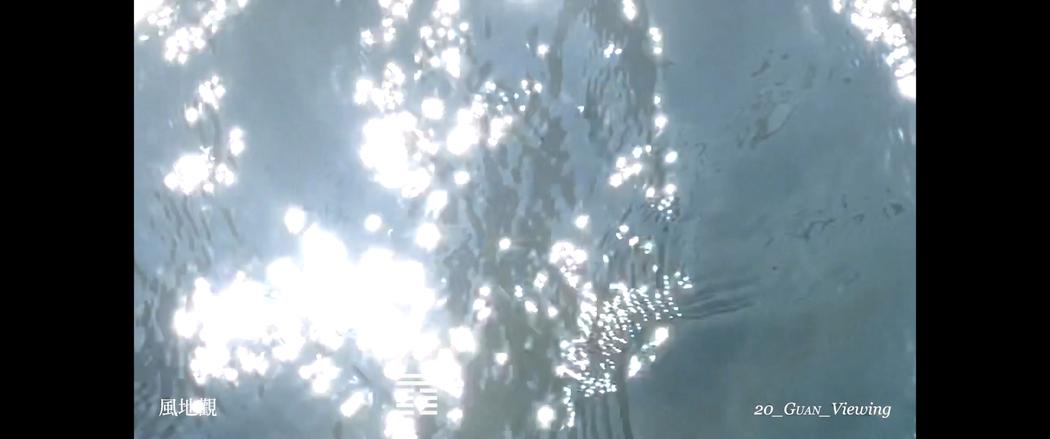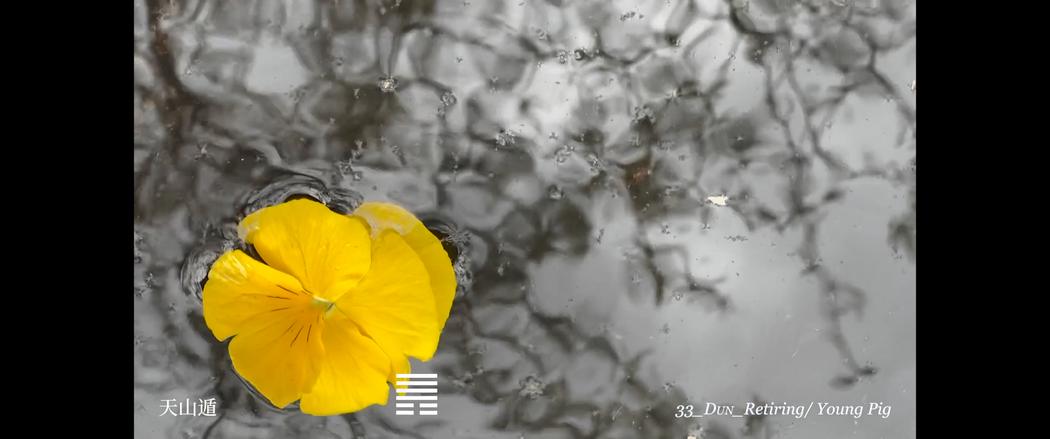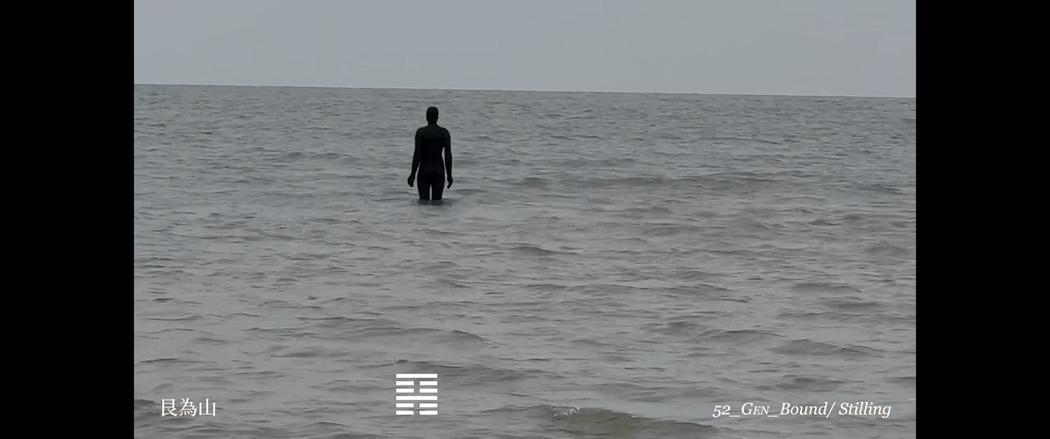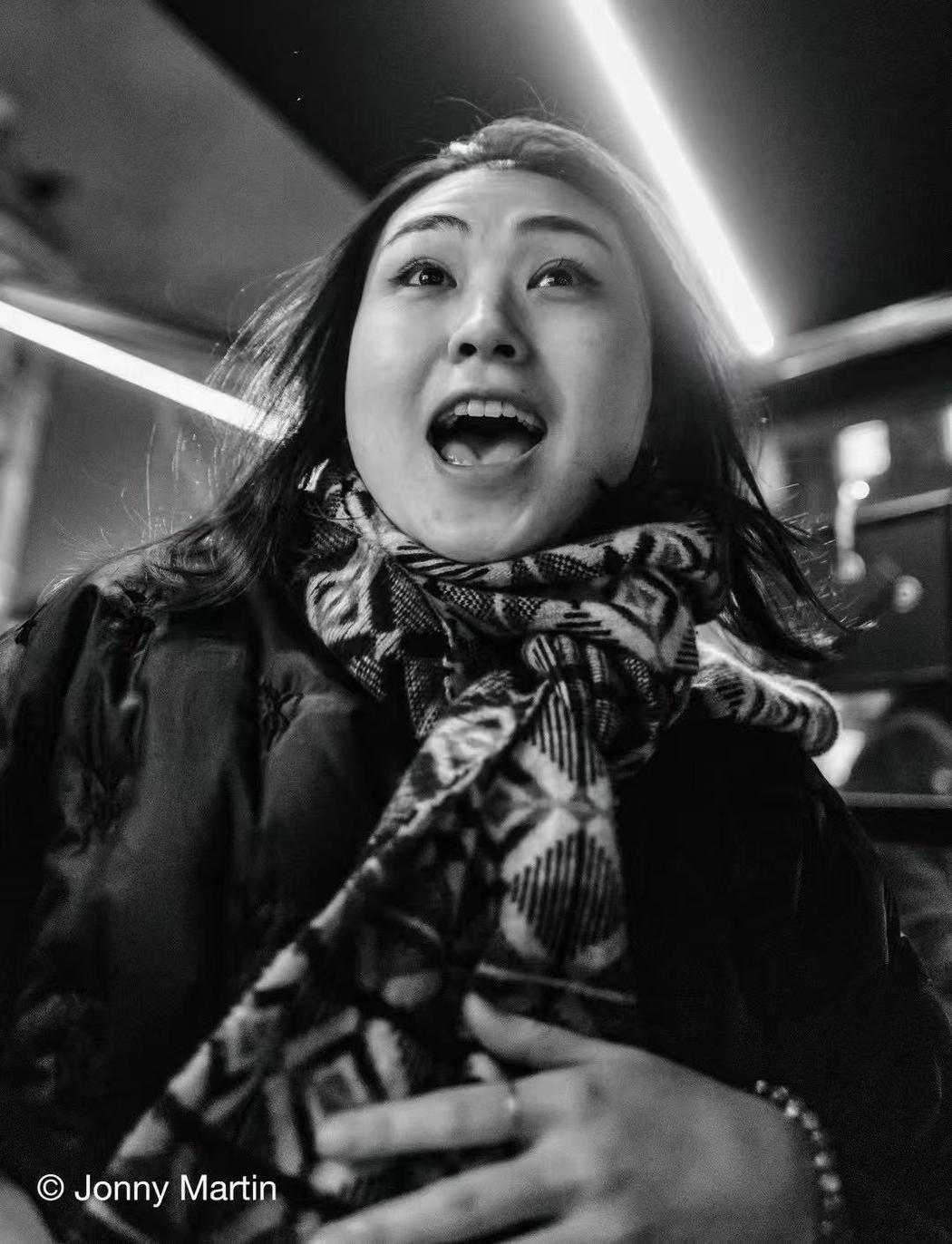Ningrui Liu
Where do you live: London.
Your education: MA Information Experience Design, Royal College of Art.
Describe your art in three words: Speculative. Improvised. Unpredictable.
Your discipline: Film / Live Performance.
Your work spans many disciplines—film, music, performance, spoken word. How do you decide which medium to use for a particular project?
I’ve always loved film, so it’s often my first consideration when starting a new project. But I also understand its limitations. Film is bound to the screen; it creates a certain distance between the work and the viewer. When I feel that a screen can’t fully carry what I want to express, I turn to other formats like performance, sound, or installation—forms that can reach beyond what film allows.
In this sense, I’m increasingly drawn to live performance. I want to embrace the presence of real people in real time. There’s something intimate and unpredictable about sharing space with an audience that film can’t replicate. It’s a way to break the frame and let the work breathe in the moment.
The I Ching plays a central role in your project “Film of Changes.” How did your relationship with this ancient text begin?
As a Chinese person, I’ve always been curious about the I Ching—like many who feel a connection to their cultural roots. But it wasn’t until I was working as a film editor that I truly engaged with it.
I read a book about Walter Murch in conversation with Michael Ondaatje, where Murch spoke about using the I Ching as a divination tool to help him make editing decisions. I was struck by the fact that an American film editor was not only interested in the I Ching, but actually used it in such a creative, intuitive way.
What truly excited me was his idea of developing a new cinematic language based on the hexagram system, which is similar to how music notation works. A visual grammar that anyone could learn and use. That vision of fusing ancient structure with contemporary storytelling really inspired me, and it’s what led me to explore the I Ching as a core part of Film of Changes.

What are some creative challenges you’ve faced in merging ancient systems like the I Ching with contemporary media?
One of the biggest challenges was that I didn’t understand the I Ching well when I started, I felt completely lost. All I had was Walter Murch’s hypothetical ideas and an indescribable curiosity in my heart. When I opened the I Ching, I could barely grasp what it was saying. The language felt so obscure, hard to translate even into modern Chinese, let alone into film, images, or performance. I even learnt how to do the divination using the system on YouTube.
Over time, I began to see that confusion as part of the process. I stopped trying to “master” the I Ching and instead started having a conversation with it. That shift—from seeking control to practicing listening—changed everything.
You speak about introducing “uncertainty and disruption” into your practice. What draws you to these themes?
I’m drawn to uncertainty and disruption because they make space for something real to happen. In life, we’re often taught to seek clarity, control, and resolution—but in art, I find that the most powerful moments come from not knowing.
Disruption interrupts our habits and expectations. It forces me to pay attention, to respond rather than impose. Uncertainty, for me, isn’t about chaos—it’s about potential. It’s a condition for emergence.
In performance, this might mean embracing improvisation or leaving space for accidents. In film, it could mean following a structure I don’t fully understand, like the I Ching. These approaches keep me honest. They allow the work to become something beyond my own plan.

How do you see the role of the occult or the mystical in contemporary storytelling?
I see the occult and the mystical not as superstition, but as alternative systems of knowledge—ways of sensing the world that don’t rely on logic or language. In contemporary storytelling, they offer a way to reconnect with intuition, ritual, and uncertainty.
We live in a time where information is everywhere—mapped, tracked, and analysed. But I think there’s a growing hunger for something beyond that. The mystical invites us to sit with uncertainty, to make meaning through symbols, dreams, and ritual. It reminds us that not everything can or should be explained. That some stories are meant to be felt, sensed, or intuited rather than solved.
For me, working with mystical systems like the I Ching isn’t about recreating ancient practices as they were—it’s about asking how these ways of thinking can inform the present. What happens when you structure a film not around a plot you want to set, but give your agency to a divination tool? That question excites me. It means letting go of authorship in the traditional sense. It invites chance, surprise, and a different kind of authorship—one that is shared with a system, a symbol, or a field of meaning larger than yourself.
In my work, the occult is not a theme but a methodology. It’s a way of paying attention—of listening to something beyond myself. And in a culture that often demands clarity, control, and resolution, I think mystery itself becomes a kind of resistance. It makes room for doubt, for magic, and for new kinds of connection.
Your visuals often feature symbols, natural elements, and fragmented perspectives. How do you select your visual language?
My visual language emerges through intuition rather than planning. I collect fragments—images, textures, symbols—from everyday encounters. I rarely know what they mean at first. I’m more interested in how they resonate together than in creating a clear narrative.
I’m also drawn to fragmentation. It reflects how I experience the world—especially as someone moving between languages and cultural references. A fragmented perspective doesn’t mean disconnection; it means multiplicity.
I see my role as composing a space where these fragments can exist together, even if they don’t fully resolve.

How has your background—growing up in Shanghai and studying in London—shaped your artistic voice?
Cities are noisy. Both Shanghai and London are loud in their own ways—full of motion, density, contradiction. I’m not planning to live in the countryside, so I’ve had to learn how to live peacefully within the noise. That practice—of finding stillness in chaos—has shaped both my life and my work.
Living in both cities gave me a sense of layered histories, overlapping rhythms, and cultural dissonance. It taught me how to listen to complexity, how to navigate contradiction without needing to resolve it.
Studying in London allowed me to slow down and begin questioning the frameworks I had inherited. It gave me permission to experiment—to work across disciplines, across languages, and between traditions.
I think my artistic voice is shaped by this in-betweenness. I often feel like I’m translating something—across cultures, across time, across sensory forms. That experience of shifting between contexts is where a lot of my work begins.


Leave a Reply
You must be logged in to post a comment.